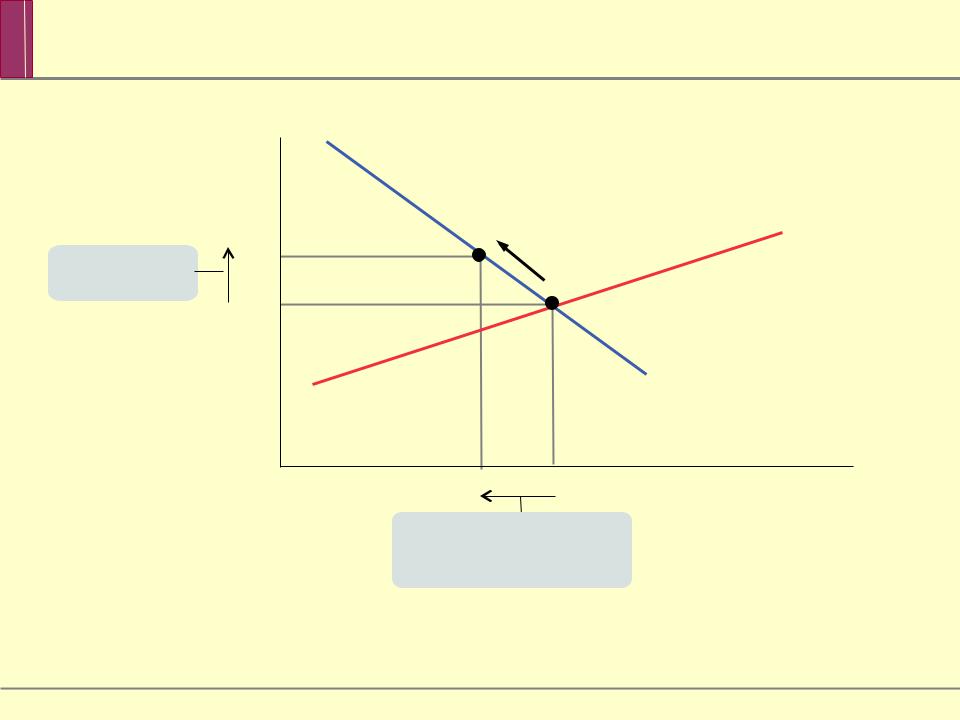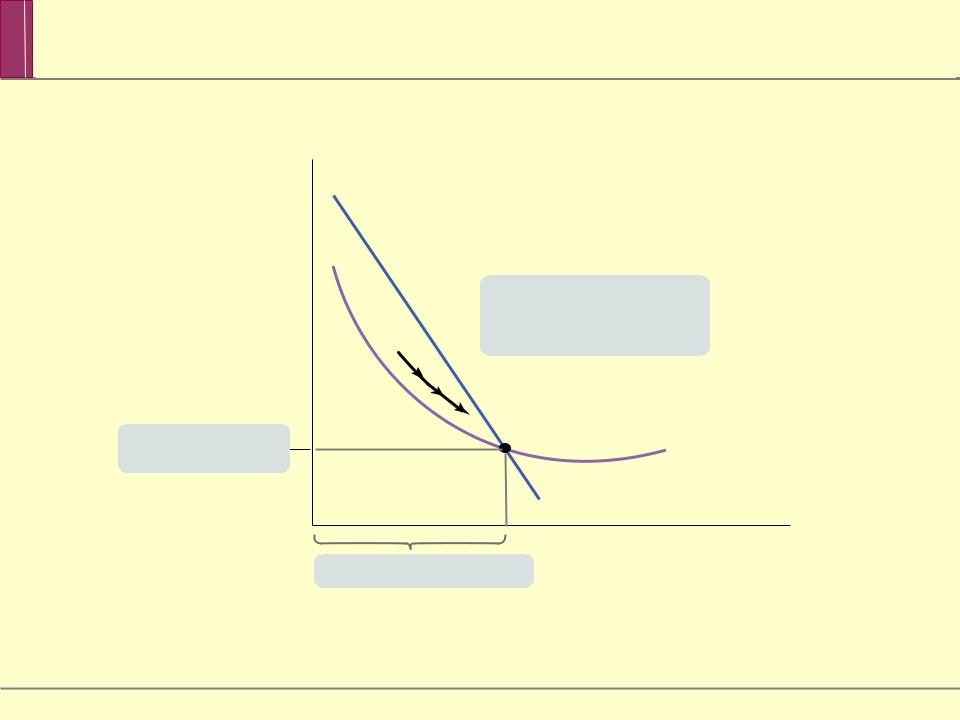
Lectures_micro / Microeconomics_presentation_Chapter_14
.pdf
chapter:
14
>> Monopoly
Krugman/Wells
Economics
©2009 Worth Publishers

WHAT YOU WILL LEARN IN THIS CHAPTER
The significance of monopoly, where a single monopolist is the only producer of a good
How a monopolist determines its profit-maximizing output and price
The difference between monopoly and perfect competition, and the effects of that difference on society’s welfare
How policy makers address the problems posed by monopoly
What price discrimination is, and why it is so prevalent when producers have market power


 Types of Market Structure
Types of Market Structure
In order to develop principles and make predictions about markets and how producers will behave in them, economists have developed four principal models of market structure:
perfect competition
monopoly
oligopoly
monopolistic competition


 Types of
Types of
Are Products Di erentiated?
No |
Yes |
One |
Monopoly |
Not applicable |
|
How Many |
|
|
Producers |
Few |
Oligopoly |
Are There? |
|
Many |
Perfect |
Monopolistic |
competition |
competition |


 The Meaning of Monopoly
The Meaning of Monopoly
Our First Departure from Perfect Competition…
A monopolist is a firm that is the only producer of a good that has no close substitutes. An industry controlled by a monopolist is known as a monopoly, e.g. De Beers.
The ability of a monopolist to raise its price above the competitive level by reducing output is known as market power.
What do monopolists do with this market power?
Let’s take a look at the following graph…

Price |
|
|
S |
price. |
|
|
D |
|
Quantity |
1. |
to perfect |
reduces |
a monopolist |
… |


 Why Do Monopolies Exist?
Why Do Monopolies Exist?
A monopolist has market power and as a result will charge higher prices and produce less output than a competitive industry.
This generates profit for the monopolist in the short run and long run.
Profits will not persist in the long run unless there is a barrier to entry.


 Economies of Scale and Natural Monopoly
Economies of Scale and Natural Monopoly
A natural monopoly exists when increasing returns to scale provide a large cost advantage to a single firm that produces all of an industry’s output.
It arises when increasing returns to scale provide a large cost advantage to having all of an industry’s output produced by a single firm.
Under such circumstances, average total cost is declining over the output range relevant for the industry.
This creates a barrier to entry because an established monopolist has lower average total cost than any smaller firm.

Natural monopoly. Average total cost is falling over the relevant output range
Natural monopolist’s break-even price
Relevant


 How a Monopolist Maximizes Profit
How a Monopolist Maximizes Profit
The price-taking firm’s optimal output rule is to produce the output level at which the marginal cost of the last unit produced is equal to the market price.
A monopolist, in contrast, is the sole supplier of its good. So its demand curve is simply the market demand curve, which is downward sloping.
This downward slope creates a “wedge” between the price of the good and the marginal revenue of the good—the change in revenue generated by producing one more unit.
